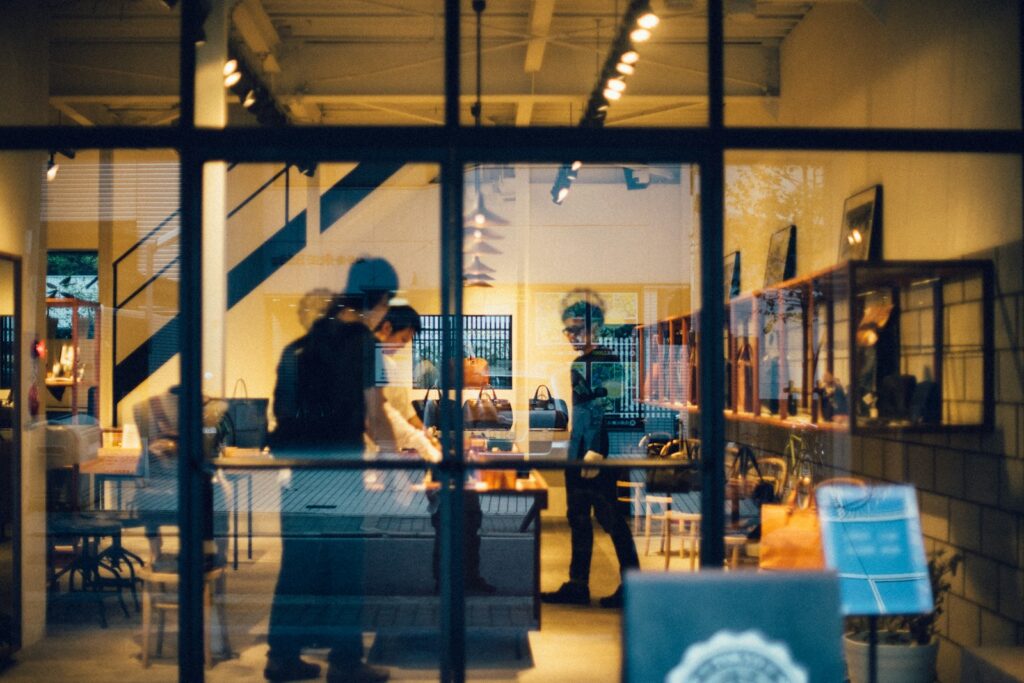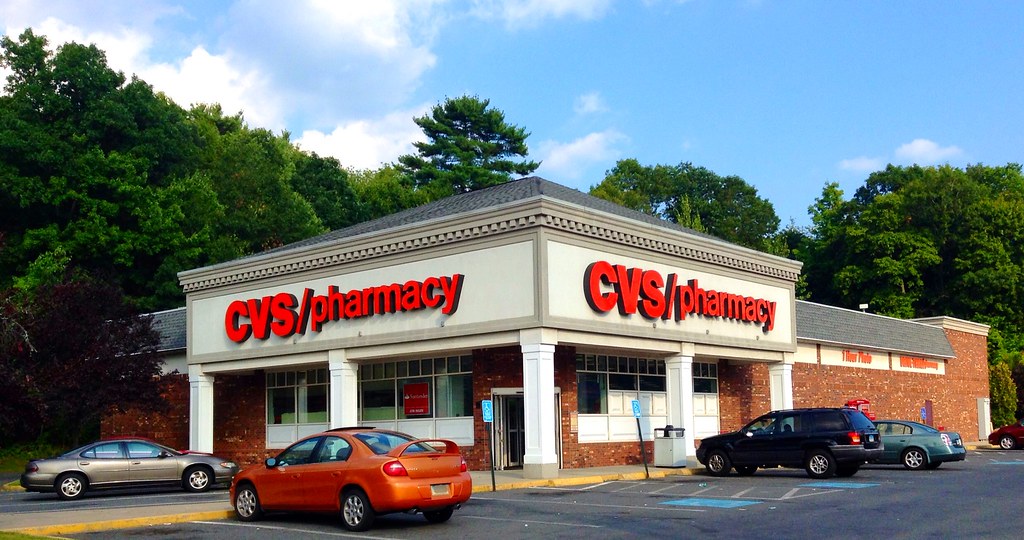
Retailers across the country are significantly ramping up security measures in an effort to combat rising theft, a move that’s having a noticeable impact on the everyday shopping experience. While companies are working to protect their bottom line, customers are voicing increasing frustration over the added layers of inconvenience, from locked shelves to new rules about bringing bags into stores.
It’s clear this isn’t a minor adjustment for shoppers. Customers, particularly at big-box stores like Walmart and drugstores such as Walgreens and CVS, are encountering locked cases on everything from everyday essentials to higher-value items. This requires summoning an employee to access products, a process many find time-consuming and irritating.
Walmart, in particular, has become a focal point for customer grievances shared widely on social media platforms. Shoppers report finding items ranging from meat and alcohol to cosmetics, underwear, socks, lotion, and laundry detergent behind lock and key or secured with clasps. This shift comes after Walmart CEO Doug McMillon confirmed in December 2022 that the retailer had seen a “historic high” in shoplifting, prompting the company to implement various tactics throughout 2023 to lessen theft and inventory shrink.

The inconvenience is driving some shoppers to consider taking their business elsewhere. One customer lamented on X (formerly Twitter) that after finding alcohol and cosmetics locked up, the experience was “very unenjoyable” and doubted they’d return. Another user quipped, “Honestly I think it’s a pretty fun new game to go into Walmart and see another thing locked behind glass that I’m now just gonna buy from Amazon.” Some have followed through, like the customer who left their cart at Walmart and went to Target after being told to go to customer service to unlock a backpack.
Beyond locked shelves, retailers are exploring other strategies. A Walgreens store in Greensboro, North Carolina, has gone as far as restricting large purses or bags at night and removing shopping carts and hand-held baskets, reportedly in response to specific theft incidents. Walgreens CEO Roz Brewer noted in December 2022 that the company was moving to secure entire product categories because shoplifters would simply “come in and take one elbow and swipe the whole counter,” rather than just targeting high-price items.
The surge in theft isn’t just individual shoplifting; organized retail crime (ORC) is a significant factor. The National Retail Federation (NRF) reported that ORC increased by 26.5 percent in 2021, contributing to nearly $100 billion in losses that year. The NRF characterizes ORC as “a primary driver of retail shrink,” involving “coordinated and planned attacks on retailers” that steal a wide variety of goods, from easily fenced items like razor blades and laundry detergent to high-end liquor.
Retailers are deploying diverse methods to counter these losses. CVS is using time-delay safes, while Home Depot has introduced technology that prevents stolen power tools from working. The widespread implementation of locked shelves and security tags is part of this broader effort. However, the debate continues on whether the impact on the customer experience might outweigh the benefits, with one social media user speculating Walmart might be “losing way more money from making the experience miserable than whatever fake numbers from shoplifting.”

The situation presents a complex challenge for retailers balancing loss prevention with customer satisfaction. Interestingly, in January, Walgreens CFO James Kehoe suggested the company might have potentially overcorrected with security measures, stating they might “step back a little bit from that,” especially as their shrink rate had reportedly fallen. Meanwhile, the cat-and-mouse game continues, even leading to viral online videos purportedly showing how to bypass certain security tags, highlighting the ongoing friction created by these heightened measures.
As retailers navigate the murky waters of retail theft and loss, the landscape of shopping is undeniably changing. Will the convenience of grabbing a mascara or a steak become a relic of the past, replaced by required employee assistance and inconvenient access? Only time will tell if the current security arms race fundamentally alters how we interact with the stores that provide our everyday necessities, or if a balance can be struck that protects both profits and the shopper’s peace of mind.
Related posts:
No Joke: Some Maine Walmart Stores Are Locking Up Their Meat
‘A fun new game,’ jokes Walmart shopper about excessive security – he’ll use Amazon instead after ‘miserable’ experience
Walgreens Store Bans Purses and Bags to Prevent Shoplifting—Will Others Follow?



